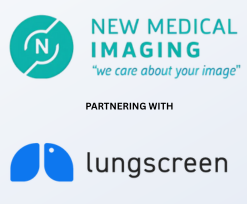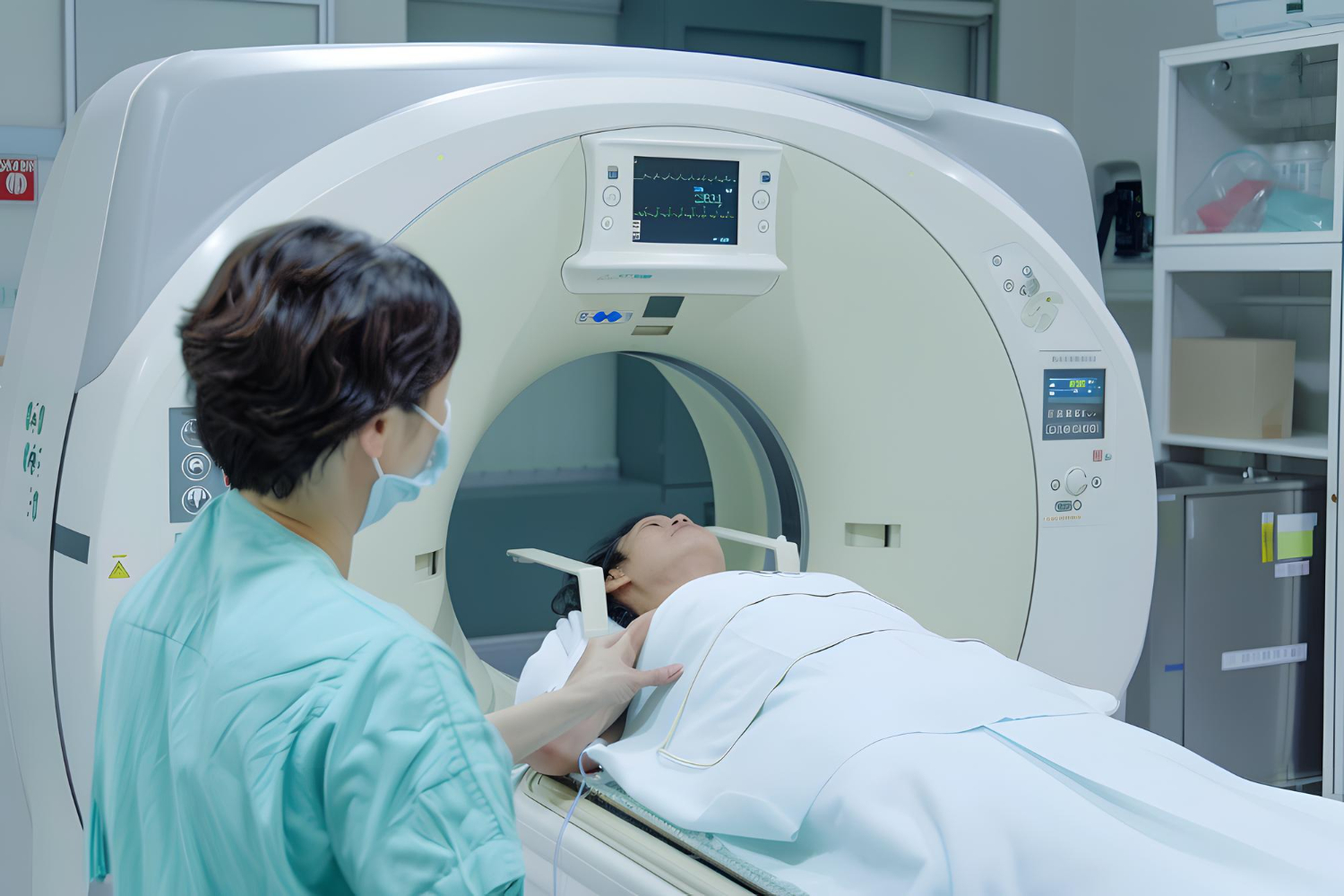National Lung Cancer Screening Program
In collaboration with the National Lung Cancer Screening Program (NLCSP), we have partnered with Lung Screen to provide low-dose chest CT to catch lung cancer in its early stages.
Lung cancer screening allows for us to assess the health of your lungs and monitor any changes over time.

About the National Lung Cancer Screening Program
The National Lung Cancer Screening Program (NLCSP) is a new screening program developed by the Australian Government’s Department of Health and Aged Care. If you are eligible and agree to participate in the NLCSP your low-dose chest scan will be bulk-billed.
As part of this program, we will enter you into the National Cancer Screening Register (NCSR). If no cancer is detected in your scan, the NCSR will let you know and you will be contacted in 2 years to screen again.
The National Lung Cancer Screening Program launches on 1 July 2025. If you need a low-dose chest CT before then or are not eligible for the NLCSP, we can still help – just bring a relevant referral from your doctor.
Do I need to be symptomatic?
No, you do not need to display any signs or symptoms of lung cancer. These include shortness of breath, tightness of chest, coughing and other side effects of lung conditions.
What is Low Dose CT Imaging?
A low-dose chest CT (LDCT) is a specialised imaging test with minimal radiation exposure to create detailed images of the lungs. It is specifically designed to detect all types of lung cancer at an early stage when treatment is most effective.
Are you eligible?
About Lung Screening
- WHAT IS LOW-DOSE CHEST CT?
- BEFORE A LOW-DOSE CHEST CT SCAN
- BEFORE A LOW-DOSE CHEST CT SCAN
- AFTER A LOW-DOSE CHEST CT SCAN
- PATIENT SAFETY
Computed tomography (CT) is a highly versatile and non-invasive medical imaging procedure that uses x-rays and digital computer technology to create detailed two or three-dimensional images of the body. Unlike some other forms of medical imaging, CT can image many types of body structure simultaneously including bone, blood vessels and soft tissue.
The CT scanner consists of a large gantry (a supporting structure) with a circular hole, within which the patient lies on a moving examination table. Inside the gantry is a rotating ring that carries the x-ray source and electronic x-ray detectors. A narrow fan beam of x-rays is produced and directed through the body area that is to be examined. These x-rays are received by a set of detectors and the resulting signals are sent to a very powerful computer that transforms them into three-dimensional cross-sectional images.
The images are then examined by a Radiologist (a doctor specialising in the interpretation of medical images) who will report the findings to your referring doctor.
When booking your appointment, please inform our staff if you are taking any diabetic medication or have kidney disease.
You are welcome to have a friend or relative accompany you for your appointment however for radiation safety reasons, they will only be allowed into the CT room under special circumstances. Children will not be allowed into the CT room and you will need to make arrangements for their care during your examination.
You will be asked to remove any metal that is in the scan area including jewellery, zippers and bras, and will need to answer a few safety questions before being asked to lie flat on the examination table with your head resting on a special cradle. Throughout the scan you will need to remain still, as the table moves through the gantry opening and the image data is acquired. You may hear a humming noise during the scan, but no moving parts will touch you.
One of our Radiologists, will prepare and send a report to your referring doctor detailing the findings of your examination. It is very important you book a timely follow-up appointment to discuss your results. If your results are urgent, or you have an appointment straight after the scan with your doctor or health care provider, New Medical Imaging will arrange to have your results available immediately delivered to your referring doctor.
You will be free to leave our clinic shortly after your CT scan has been completed. You may, then drive yourself home, eat and drink normally and resume your normal activities.
Low-dose chest CT scans do involve the use of ionising radiation, however this dose is much lower than typical CT scans. CT scans will only be performed when any potential risks are far outweighed by the benefits to the patient.
New Medical Imaging’s state-of-the-art CT scanners and staff trained in radiation reduction techniques use the latest in CT dose efficient technology to ensure the minimum dose necessary is used to produce the best quality images for an accurate diagnosis.


